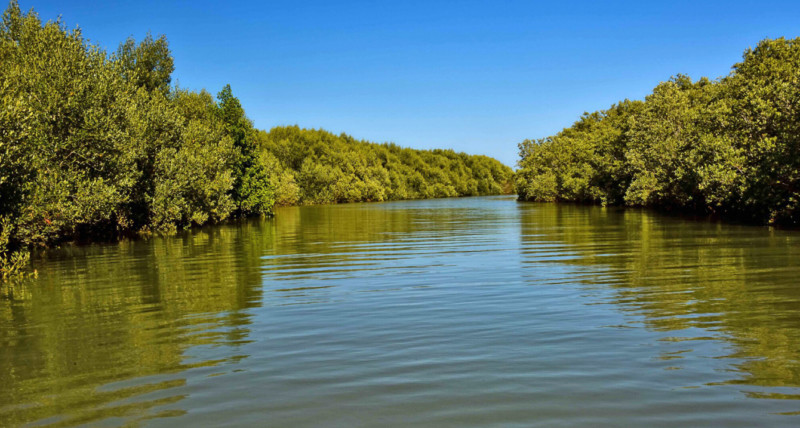400 Years of Logbooks Reveal the Secret of Milky Seas
For centuries, sailors have told tales of mysteriously illuminated waters in the dead of night— »milky seas » so bright that one could read a book without a lamp. Maritime legends? Not at all. Thanks to a collaboration between the University of Colorado and NOAA (National Oceanic and Atmospheric Administration), science now has an accurate database covering 400 years of observations to prove their existence.
This record combines 240 reliable testimonies with modern satellite images capable of detecting the faintest glows on Earth, creating a global map of phantom seas… along with a few surprises about their behavior.
The Majority of Milky Seas Concentrated in a Triangle in the Indian Ocean
By analyzing this wealth of information, one striking fact emerges: nearly 60% of known milky seas appear between Somalia, Socotra Island in Yemen, and the Maldives.
A second hotspot is emerging around the seas of Java and Banda in Indonesia. It’s no coincidence that the oldest accounts come from explorers navigating these routes. Researchers also found a clear link with two major climatic oscillations: the Indian Ocean Dipole and the El Niño phenomenon. When these events push warm, nutrient-rich water to the surface, the probability of encountering a milky sea skyrockets.
A Continuous Light, Visible Even from Space
Unlike the fleeting blue flashes produced by typical plankton along our coasts, here the glow is uniform, pale white or green, sometimes covering areas larger than 100,000 km² (larger than New Aquitaine and its 84,000 km²). Imagine a glowing patch as vast as a country like Iceland, intense enough to be spotted by satellites specialized in detecting faint light.
The prime suspect is Vibrio harveyi, a bioluminescent marine bacterium that, upon reaching a critical density, collectively triggers its « light switch. » This phenomenon is known as « quorum sensing. » So far, only a 1985 scientific expedition has successfully sampled a milky sea.
How the Milky Sea Could Influence the Planet
Beneath its magical appearance, the milky sea could hide a discreet but powerful role in the ocean’s carbon cycle. By coinciding with upwelling zones (deepwater nutrient-rich currents), these events could accelerate the transfer of organic matter to the abyss, with consequences for carbon sequestration, and ultimately, global climate.
An open question remains: Are these episodes signs of a dynamic ecosystem or an alarming imbalance? Some strains of Vibrio are, after all, harmful to fish and crustaceans.
From the Golden Age of Explorers to Scientific Modeling
For 400 years, these strange waters only lived in the accounts of sailors. Now, they are entering climate models thanks to meticulously cross-referenced archives: 17th-century logbooks, marine observers’ records, and modern satellite data…
This unprecedented compilation provides researchers with precise locations, meteorological notes, and even behavioral descriptions of the milky seas, finally offering a bridge between folklore and physics.
Capturing the Milky Sea in Action
The next step could be decisive, as it involves organizing a rapid and coordinated expedition to sample a milky sea during its activity.
Scientists hope to analyze dissolved oxygen, identify the plankton species involved, measure the local chemistry, and obtain DNA from the bioluminescent bacteria.
These analyses are essential to answering several key questions: What really triggers this light? What impact does it have on local food webs? Can it become a natural indicator of climate change?
Especially since these regions coincide with areas of exceptional marine biodiversity and vital fisheries for several economies. Understanding milky seas is also about better protecting the fragile balance between humanity and the ocean.
Source: media24




